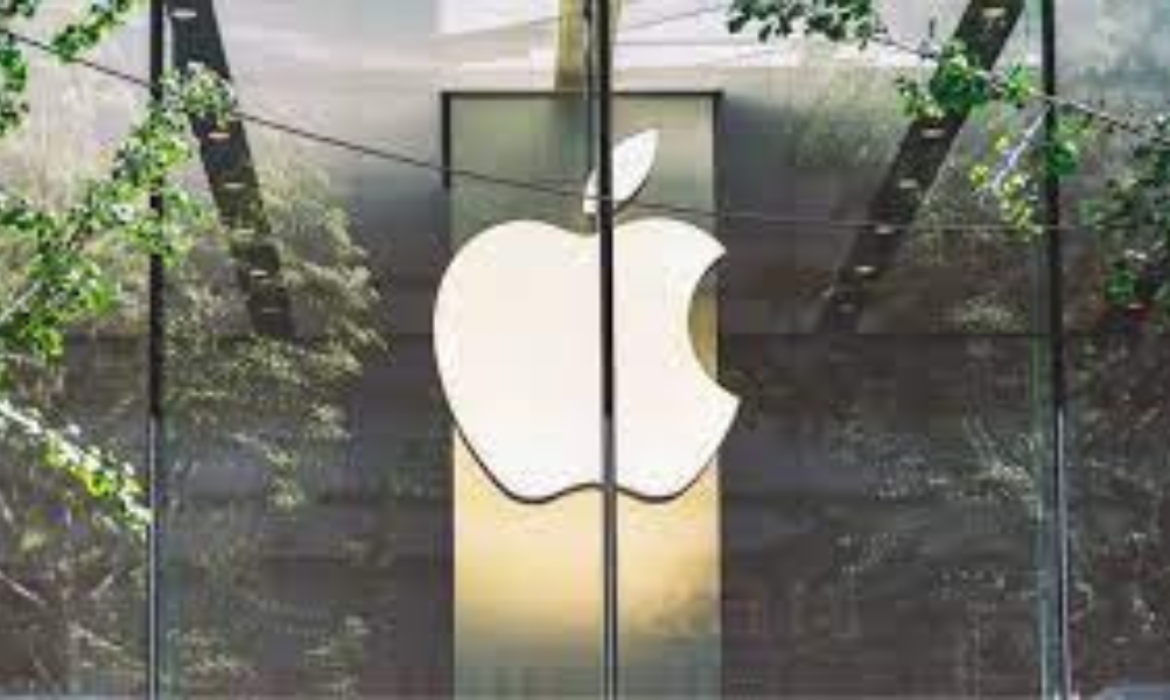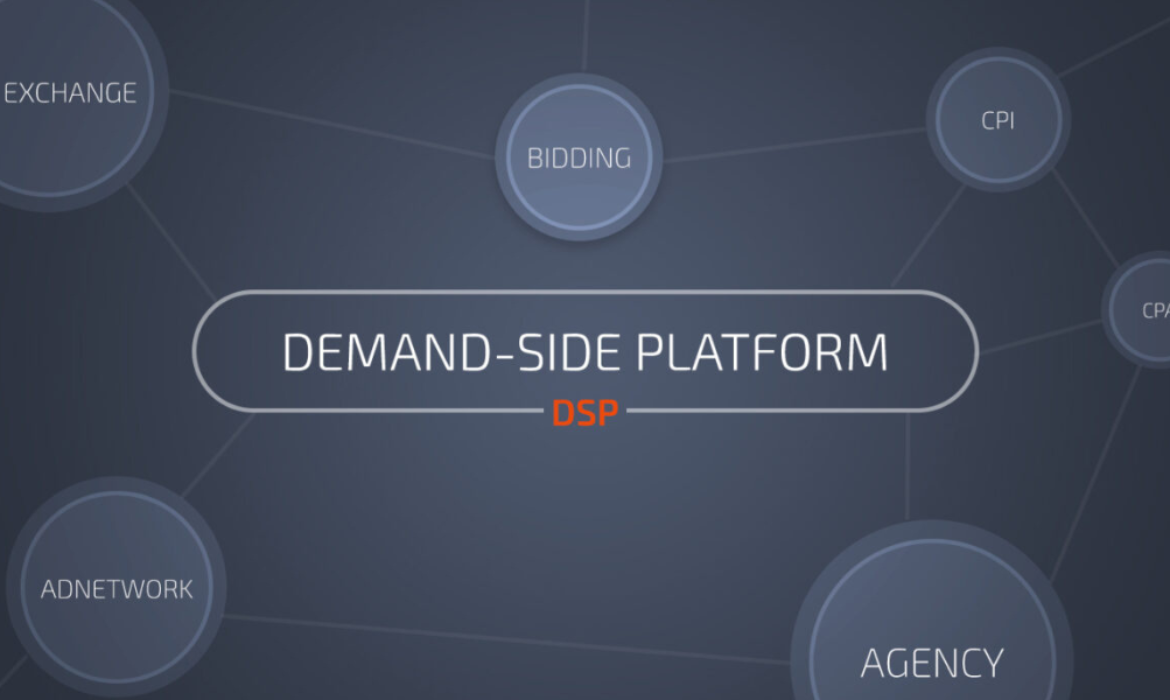Captify and Adform Partner to Pioneer Contextual Activation Solution
Prominent platform for open online search intelligence Captify, and Adform, the worldwide programmatic platform has unveiled a collaboration. The partnership’s objective is to offer privacy-first, audience-based purchasing for the programmatic landscape.
First Contextual Activation solution
The cooperation will offer the market’s first complete contextual activation solution. Furthermore, it will do away with the need for cookie identifiers, enabling greater scale across inventory channels which demand-side platforms (DSP) usually deprioritize. The absence of cookies, for instance, among Safari users is mostly to blame.
Buyers can now launch Captify’s contextual audiences through tailored offerings across the major SSPs using Adform’s identity-free, privacy-by-design DSP. Captify’s international reach will assist in serving Adform’s customers in the US, UK, EMEA, and Australia. Moreover, custom deal ID libraries will further aid in satisfying their marketers’ needs.
Here’s what they said
Matthew Papa, SVP of business and corporate development, at Captify said,
As we approach closing the final chapter of third-party cookies, the ecosystem has a tangible need for privacy-first, audience-based programmatic buying capabilities. This partnership with Adform addresses that need by enabling us to scale our contextual offering, which combines consumer intent from search data – a scarcity in a cookieless world – with contextual signals. Now advertisers globally can confidently activate our audiences across more inventory without worrying about privacy.
Vicky Foster, VP, of global commercial partnerships at Adform commented,
In a fragmented media landscape focused on personalization and performance, the ability to reach and engage consumers while prioritizing privacy has become a consistent challenge for marketers. As the eventual sunset of third-party cookies looms, our partnership with Captify makes it easier for marketers across the globe to drive revenue with personalised and engaging programmatic campaigns with privacy top of mind.
Read More: Adform and Digiseg offer new ad tool for Saudi Arabia advertisers
Is Apple Building A Demand Side Advertising Platform?
Apple appears to be launching its own demand-side platform, though details are thin. Recent job postings hints that the company is expanding its ad business. An Apple job posting indicated that the company is looking for a product manager with 8 years of experience building a mobile demand-side platform and optimizing mobile campaigns.
Digiday broke the news that hiring in the Ad Platforms division has risen significantly since the beginning of 2022. It also highlighted job listings that state Apple is building “the most privacy-forward, sophisticated demand side platform possible”.
Read N0w: AdTech Vs MarTech: Let’s Settle This Once For All!
Why a DSP?
For any ad company, DSPs represent their intent. Apple’s decision to make it more difficult for companies to sell ads within its ecosystem has enabled it to grow exponentially.
The DSP is a crucial part of any ad tech stack with the goal of winning more media dollars. Basically, it’s the technology that allows a marketer to automate their advertising. The automation of the process is important because it means marketers scale up campaigns based on performance indicator factors, aided by machine learning. It is important that the platform is well-engineered so that advertisers are satisfied and will spend more on it.
In order to create a good DSP, a significant investment of time and money is required. Times have changed and Apple seems to be changing its position on online advertising. This is settled through a DSP.
Apple has scaled and built its advertising business behind the scenes, leveraging its ecosystem assets and user data, they have created seamless consumer experiences. The next logical step in this evolution is for Apple to build its own DSP. As a result, they will have full control over how and where their data is used, preventing leakage outside of their walled garden.
Apple adds new ad plans
Earlier this month, Apple announced they were adding two new advertising slots to its App Store. In the near future, developers will have the ability to place ads outside of the Search tab and Search results. The new advertising spot will appear alongside editorial content on the ‘Today’ page of the App Store. Another ad placement will appear on product pages under the tab “You May Also Like”.
Will the DSP succeed?
Long-time Apple observers will know Apple’s iAds failure. It was a mobile advertising platform that allowed third-party developers to embed advertisements into their applications directly. But Apple takes another chance at that market, to add to its growing pile of services revenue sources. Introducing new advertising opportunities in the App Store and recruiting a team to build its own DSP.
As DigiDay notes, it remains unclear if the intended DSP is geared toward serving ads solely on Apple’s owned and operated properties, such as the App Store itself or on the millions of iOS apps, or even on third-party properties such as the mobile web.
For industry experts, Apple’s plans to launch a DSP are not particularly surprising especially considering industry trends and its privacy-oriented mission.
Demand Side Platform(DSP) Launched by Samsung Ads
A self-serve demand-side platform has been introduced recently by Samsung Ads. Samsung Ads is a television advertising unit of Samsung.
The feature will enable programmatic buyers to access the CTV exclusive inventory. It will also help them to reach an approximate of 45 million households using Samsung devices. Further, letting them access their data and trace their footsteps for better advertising and building strong campaigns to maximize the sale of their products.

DeviantArt
It is undoubtful that Samsung has created a strong user base across the globe. Hence, the new demand-side platform by Samsung ads will enable the programmatic buyers to utilize this user data for better advertising techniques. Samsung is one of the biggest electronic product-selling industries in the world. Its gadgets in the electronic market range from smart Television, mobile phones, tablets, and other accessories, frequently used by Android users.
Therefore, utilizing Samsung’s DSP will surely give an upper hand to the programmatic buyers.
As we have already discussed, Samsung has a wide range of audiences using its devices. The advertisers using Samsung’s DSP can manage the frequency and the range of their campaigns of mobile, desktop, connected (CTV), and linear TV.
The buyers of Samsung’s DSP are free to use third-party inventories and audiences alongside with Samsung’s Ads proprietary data.
Samsung Ads consist of a huge database of video data from its millions of smart devices. These devices consist of both TV and mobile.
Samsung is not the only brand that is trying to spread its wings in the field of advertisement. In December 2019, Samsung’s competitor Vizio launched its sales division for advertising. The division enables the advertisers to utilize its frequency, duplicate audiences and manage their range across linear buyers and OTT.
However, Vizio doesn’t have a DSP yet. Therefore, we can say that Samsung is trying to stay afoot from its competitors.
Last month, a feature called True Incremental Reach was introduced by Vizio for its advertisers. It enables advertisers to gain input data on extra user achieved when buying commercials from Television makers directly.




